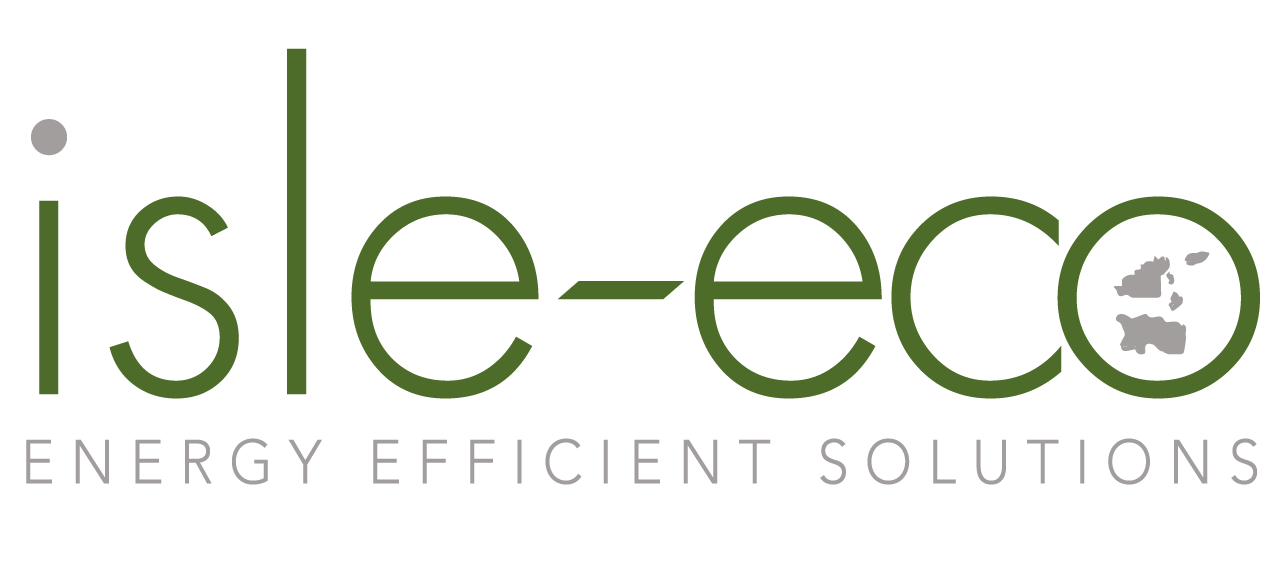Air source pumps serve as an alternative way to heat your home, and could be the ideal solution if you want to generate your own heat and potentially save money on your energy bills.
Running Costs
Annual running costs will be significantly lower when compared to conventional methods such as gas and oil.
Environmental Risk –
This electrically powered system means there is no need to store fuel on site.
CO2 Emissions –
No onsite emissions.
Maintenance –
Simple to maintain and built with good quality materials.
Investment –
Our systems are up to 5 times more efficient than a conventional electric and offer paybacks of 7-10 years.
2 types of systems
There are two air source heat pump systems available;
Air to Water
This system uses a wet heat emitter such as under floor heating or radiators. The temperature provided by the heat pump is lower than conventional forms of heating such as gas and oil meaning the heat emitter must be sized correctly to ensure the building is comfortably heated.
Air to Air
Air to air source heat pumps use ducting throughout the property to distribute warm air. This is achieved by a fan blowing air through a heat exchanger supplied by the heat pump.
Cost & Savings
Costs
Installing a typical air source heat pump system will cost between £15,000 – £19,000.00
Savings
How much you save depends mainly on existing fuel type, heat loss of building and most importantly design.
Maintenance
Our heat pump systems come with a 7 – 10 year warranty as standard. Our workmanship warrantee covers all work undertaken for one year from the date of commissioning.
You can expect the system to operate effectively for 15 – 20 years providing regular maintenance is undertaken.
Planning permission
Installing a ground or air source heating system will not require planning permission providing:
- The property is not registered as a listed building or place or a potential listed building or place
- In the case of an air pump where the installation is to be located on a principal elevation, the building is not in a conservation area
- The highest point of the installation must be no more than 2.5 metres above ground level
- Noise emanating from an air pump must comply with the noise rating curve equivalent to the background level measured 1 metre from the boundary of the nearest residential premises. The background level is the A-weighted sound pressure level of the residual noise in decibels exceeded for 90% of the time
- No previous permit stated that permission is required.
FAQs
Heat from the air is absorbed at low temperatures into a fluid within the heat pump. This fluid then passes through a compressor where its temperature is increased, this heat then transfers to the heating and hot water circuits of the property via radiators or underfloor heating.
- Do you have a suitable location?
The heat pump will need to be located externally with 1.5 metres of free space in front and roughly 0.5 metres to each side. This allows air circulation to the unit which is crucial for performance and reflects on running costs. - Is your property well insulated?
Any heating system will perform more effectively if the building it provides is draft proof and well insulated. This is even more important when using a heat pump as the flow temperatures are often lower. - Is it cost effective?
In most cases you could see you money returned within 10 years. - What type of heat emitter will you use?
Underfloor heating is the best choice when combined with a heat pump due to its large surface area being ideal for distributing the lower flow temperatures. If radiators are used it is important to ensure they are sized correctly. You will often find that some radiators around the house will need changing. - Is the system intended for a new development?
The installation cost varies dependant on whether you are installing to a new build or introducing to an existing system, with the latter being slightly more expensive.

